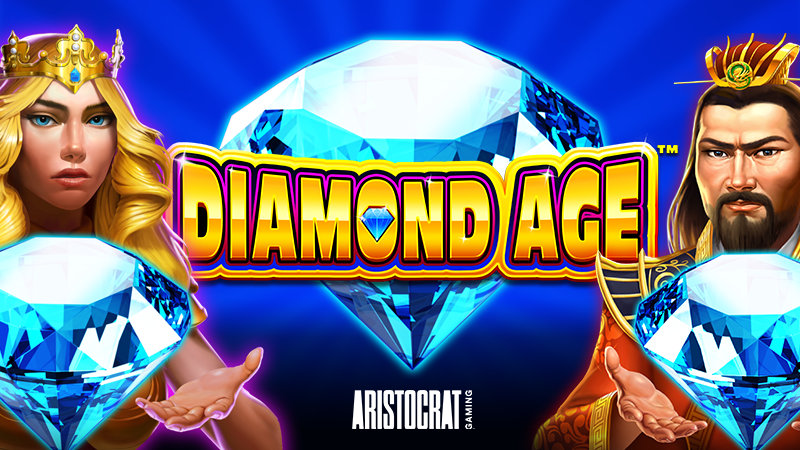DOES THE AGE OF A GAME AFFECT GAME PERFORMANCE?
Most clubs have a regular write-down period of machines of between 4-5 years, and during that time trading out a machine can be a direct cost on the books.
Of course, games are also converted during that period, often many times, to ensure stronger game performance. However, machine cabinets have a lifecycle like all products and there is a point where there are very few new games available, and they aren’t good quality. So, in the current market where game graphics and entertainment for the player are becoming a much stronger component of the game, at what point should we look at trading out and trading up?
We looked at the age of each game based on their first install date in each calendar year in the NSW club market, in the April 2018 Maxgaming data, to see if there was a correlation between the age of a game in the market and the games’ performance. The “denom turnover ratio” in that data pool gives a ranking based on whether a game is above or below the floor average for the sites that it is installed in within its denomination group. The average of each game in all the venues is 1.0, so using this marker as a benchmark for above average or below average game performance, we get a good picture of whether the age of each game has affected its performance. While the age of each game does not strictly correspond to the age of the machine itself, because the cabinets are being sold across several years, they are connected in most cases because most games only go into specific machine types.

Figure uses the Maxgaming data from April 2018 to compare the $TO performance of a game (above or below denom turnover ratio of 1.0) by calendar year. As games age and older ones are removed you would expect to be left with only the best games in a range and see a flat trend. There does appear to be a correlation between strong performance and newer games.
In the graph above, it is clear there is a steep increase in the games introduced so far for 2018, but as we are only in May, the games that have been introduced this year are still in their “honeymoon” period when game performance should be, and is, at its strongest.
For games that are between 2 and 4 years old, the game performance remains at fairly consistent levels. During this period there are still many new games coming out for each product type, and good game conversions are frequently used to boost interest from the players as well as game performance. It confirms the importance of making use of game warranties when available and negotiating conversions when purchasing new products as often as possible.
But, after the first four years, there is a significant decline in game performance.
Clearly, the “Lightning Cash/Dragon Cash” is a factor here too (introduced 2015), but the market has included many similar hold n spin style games for a few years now, and the reality is that it is an intrinsic part of the market anyway. The first of the Lightning Link games were also introduced in the Helix machine, so in fact the age of the machine itself is again connected.
As older games are traded out, or at the very least converted to better games, only the best possible games from the older product lines remain in the market. This should result in a consistent trend, but the continued decline after 4 years suggests something else is going on.
At that stage, the animations and graphics, button panel, game flexibility, sound, and ergonomic design (which all adds up to general playability) declines – compared to the newest machines in the market, so the machine itself is noticeably “old” to the players. This fits with the average cabinet/product lifecycle from the manufacturers of around 5 years. By the time you get to that point, there are few games being released, and they are often games that were held up because they didn’t look to be potentially strong performers, so there are limited game conversion options.
From a practical point of view, as gaming managers, we tend to focus on replacing the worst few games on our ranking reports when looking at machine purchases. This data suggests there is an argument for looking at the combined effect of both poor performance and machine age when making that choice. For example, a 10-year-old machine that is 20 from the bottom of the club’s rankings might be a better trade than a 4-year-old machine that is at the bottom but can be converted.
Article by Justine Channing, The Drop












